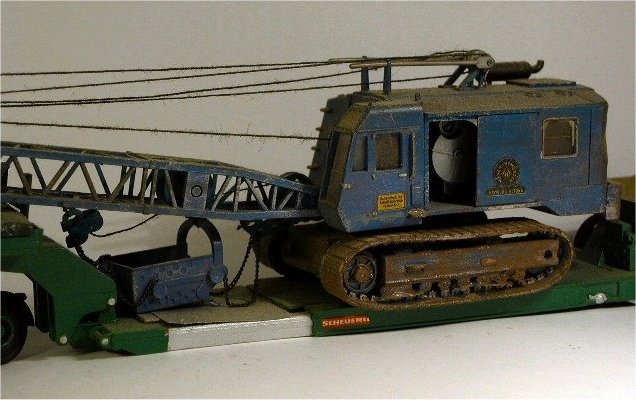On-line since 2002
> 600
pages
> 1150 manufacturers
> 11000
pictures
> 1.000.000 unique visitors
87thScale.info does not
spam. If you received a
spam message with an 87thScale return mail
address it is forged.
Weathering with pastel chalk
One of the significant differences between the real world and a diorama is the fact that the real world is much dirtier. With the exception of brandnew items, everything has been affected by either usage and/or the weather. That doesn't mean that everything on your diorama has to be covered in grey paint, the weathered look can also be achieved with pastel chalks. Not only is this a method of weathering that gives good results because of the transparency (dust looks like dust and not like a layer of paint) but it is also a method that is relatively cheap and easy to learn. Moreover, if you are not happy with the result, it is possible to undo the weathering and start over again.
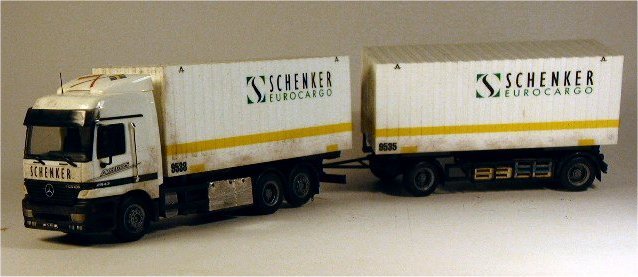
What do you need to start ? Not that much actually, the most important ingredients are:
|
|
|
|
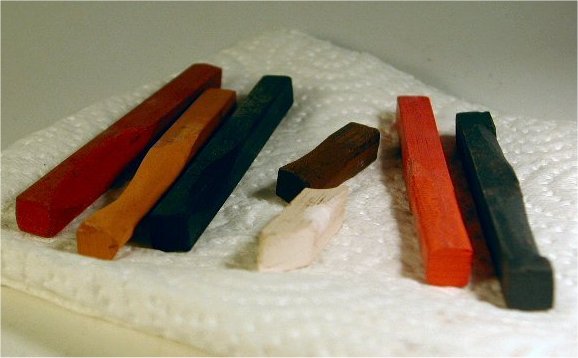
To make the pastel stick to the model you should spray the model with hairspray or give it a coat of the matte varnish before you start weathering. This applies to unpainted models only, if you have just painted your model, you can often omit doing this because the coat of paint already gives the model a rougher surface. The pastel just won't stick to a supersmooth (i.e. factoryfresh) plastic surface.
Do pay attention to what kind of weathering effect you want to realize and to where you apply the dirt. It doesn't really make sense to make a limo look like it has been driven around a dirt-track when you are going to display the model in a city scene. Look at examples of real objects and look at their details. Photographs may come in handy here because dirt gathers in specific places in real life. Wind, rain and gravity are some of the influences you want to take into account when you start weathering.
Enough of the long introductions, let's start weathering !
Start by making fine pasteldust by either grinding the pastel on the sandpaper or scraping the hobbyknife along the pastel.
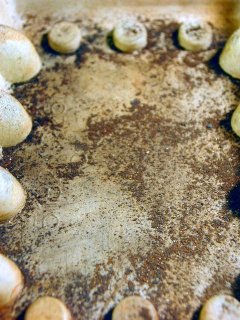
Dip the stiff brush in the pasteldust and apply it to the model, if you use more pressure, the layer of pasteldust gets thicker. When you want to apply various layers on top of each other, start with the lightest colour and finish with the darkest one. I can not give you a 'recipe' that automatically results in a model that looks perfect, but when you're not happy with the result, you can either wipe the dust off or wash it off with water and start over again.
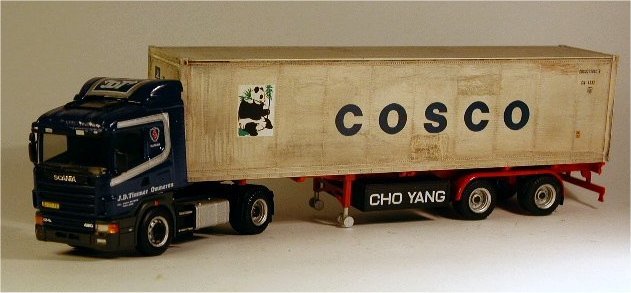
When you are finished, be carefull when handling the model, the chalk comes off easily. If the model is placed in a diorama and it won't be handled, you can leave it as it is but if the model will be handled more often it can be sprayed with varnish. Bear in mind that once you have done this, the weathering can't be removed anymore.
